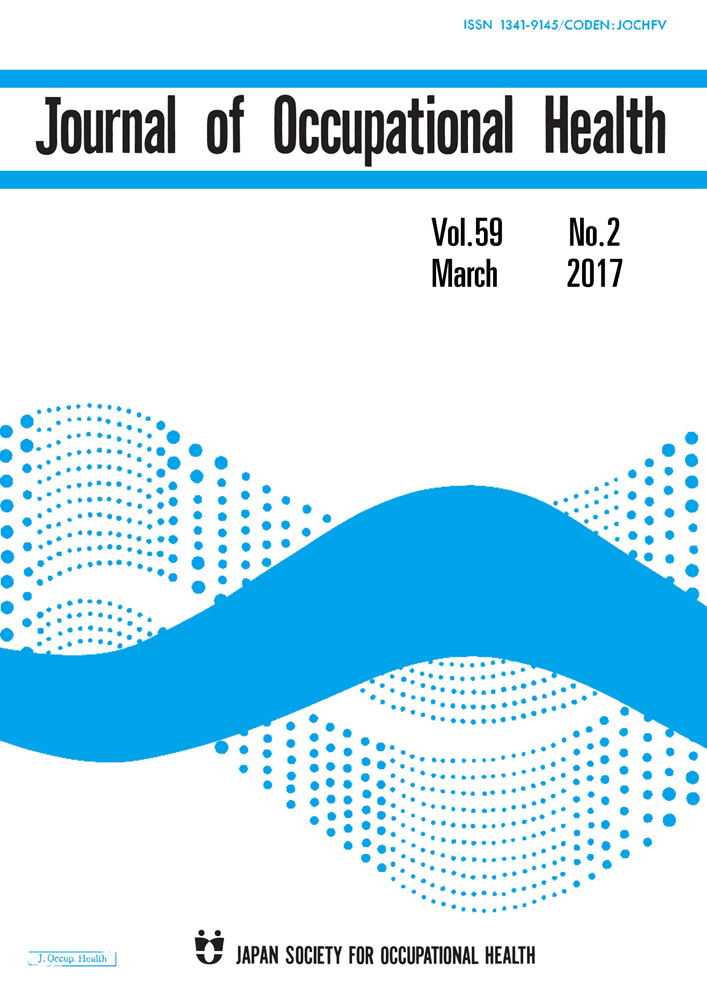Burnout among public servants after the Great East Japan Earthquake: decomposing the construct aftermath of disaster
Abstract
Objectives
To examine whether disasterrelated variables, in addition to known work-related risk factors, influence burnout and its subscales (exhaustion, cynicism, and lack of professional efficacy) among public servants who experienced a major disaster.
Methods
Cross-sectional studies were conducted among public servants of Miyagi prefecture at 2 and 16 months after the Great East Japan Earthquake (n=3,533, response rate 66.8%); burnout was assessed at 16 months using the Japanese version of the Maslach Burnout Inventory-General Survey. We examined the relationships between burnout and its subscales with disaster-related variables at 2 months after the disaster, while controlling for age, gender, and work-related variables at 16 months after the disaster.
Results
After controlling for age, gender, and work-related variables, a significant risk factor of burnout was having severe house damage. For the each subscale of burnout, living someplace other than their own house increased the risk of both exhaustion and cynicism, while handling residents' complaints did so only for exhaustion. Notably, workers from health and welfare departments showed an increased risk of burnout, exhaustion, and cynicism, but not lack of professional efficacy.
Conclusions
The findings suggest that special attention is needed for workers with severe house damage to prevent burnout, as well as those who lived someplace other than their own house to prevent exhaustion and cynicism after a major disaster. Interventions directed at workers of the health and welfare department should focus more on limiting exhaustion and cynicism, rather than promoting professional efficacy.




